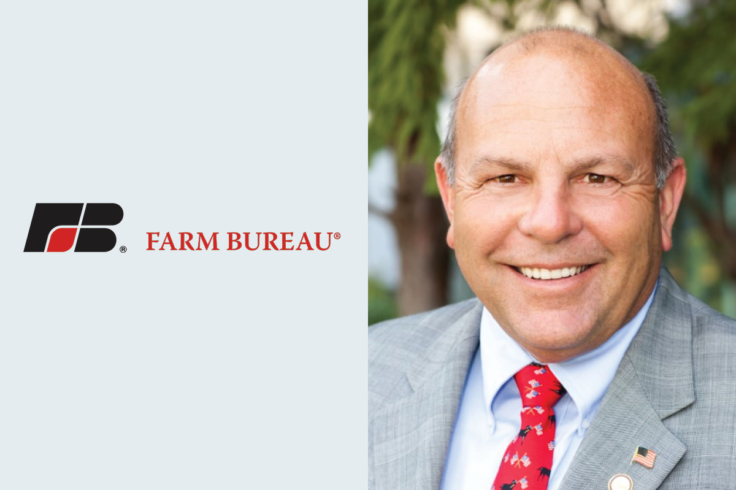America’s Farmers, Partners in Sustainability
As a third-generation farmer, I am committed to leaving my family’s land better than we found it. My sustainability story is not unusual, either. Today, America’s farmers and ranchers lead the world in climate-smart practices as we dedicate ourselves to reducing our footprint and responsibly producing the food, fiber, and renewable fuel our neighbors at home and abroad depend on.
Just 30 years ago, we would have needed 100 million more acres to match what we are producing in the U.S. today. Thanks to advances in technology, we are conserving resources and reducing our environmental footprint all while caring for our crops and animals. We are promoting healthy soil by planting cover crops and adopting practices that reduce or eliminate the need to turn the soil over. We are using more renewable energy on the farm and turning waste into fuel for our businesses and communities. And we are preserving green spaces through conservation programs. Altogether, America’s farmers have set aside over 140 million acres for conservation purposes—that’s roughly the size of New York and California combined.
Through innovation and collaboration, we have brought our greenhouse gas emissions to just 10% in the U.S. among economic sectors, and we aren’t stopping there either. If we are going to keep our food supply sustainable, we need policy solutions that treat farmers and ranchers as partners, recognizing our efforts and building on our successes. Climate challenges impact all industries. It’s not enough for just one industry to be sustainable: it takes all of us working together.
In that spirit, the American Farm Bureau co-founded the Food and Agriculture Climate Alliance last year. Working together across agriculture, food, forestry and environmental groups, we bring solutions to the table to empower farmers and ranchers to build on our sustainability gains. This historic Alliance offers recommendations to achieve voluntary, market- and incentive-based policies, with science-based outcomes that promote healthy rural economies.
With bipartisan legislation like the Senate-passed Growing Climate Solutions Act and USDA’s development of a Climate-Smart Agriculture and Forestry Partnership Program, we are seeing a path forward to create market-based opportunities that help us to do just that. Carbon markets are just one option to further sustainability. The other is ensuring the next farm bill not only has strong risk management titles but also a conservation title that helps us continue to sustainably meet the demands of a growing world. We need to be creative and flexible in our approach here: one-size-fits-all simply won’t work. With hundreds of crop and livestock varieties and varying growing conditions, sustainability solutions look different from farm to farm. Our nation also needs to invest in research to develop tools for the future. Promising research ranges from gene editing to livestock feed additives, but America falls woefully behind other nations in research investment.
The American farmer doesn’t shy away from a challenge. The last few decades are proof positive of what we can achieve with the right tools in the toolbox, when we are working together.
–Zippy Duvall, President, American Farm Bureau Federation
The American Farm Bureau Federation represents farm and ranch families working together to build a sustainable future of safe and abundant food, fiber and renewable fuel for our nation and the world.



